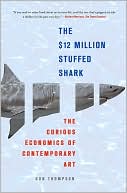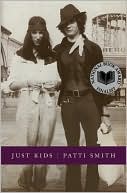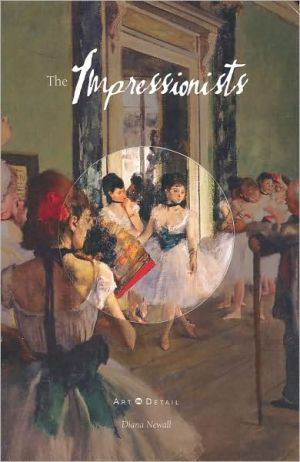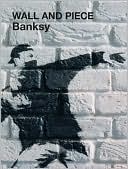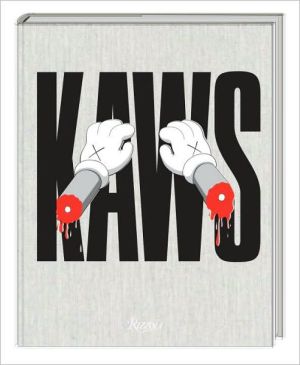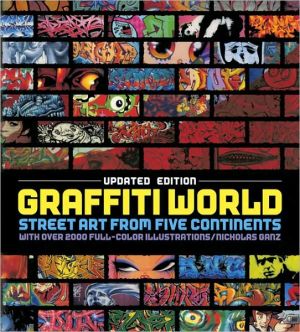$12 Million Stuffed Shark: The Curious Economics of Contemporary Art
Search in google:
Why would a smart New York investment banker pay $12 million for the decaying, stuffed carcass of a shark? By what alchemy does Jackson Pollock’s drip painting No. 5, 1948 sell for $140 million? Intriguing and entertaining, The $12 Million Stuffed Shark is a Freakonomics approach to the economics and psychology of the contemporary art world. Why were record prices achieved at auction for works by 131 contemporary artists in 2006 alone, with astonishing new heights reached in 2007? Don Thompson explores the money, lust, and self-aggrandizement of the art world in an attempt to determine what makes a particular work valuable while others are ignored.This book is the first to look at the economics and the marketing strategies that enable the modern art market to generate such astronomical prices. Drawing on interviews with both past and present executives of auction houses and art dealerships, artists, and the buyers who move the market, Thompson launches the reader on a journey of discovery through the peculiar world of modern art. Surprising, passionate, gossipy, revelatory, The $12 Million Stuffed Shark reveals a great deal that even experienced auction purchasers do not know.Kirkus ReviewsInformative and occasionally hilarious look at the surreal contemporary art market. This world has been fodder for mockery ever since Marcel Duchamp signed a urinal and proclaimed it art, but there's a whole lot more money at stake now, notes Thompson (Marketing and Economics/York Univ.). He bravely attempts to apply theories of basic economics and markets to the contemporary art scene, in which absurdity frequently rules. Evincing astute knowledge of the arcane workings of high-end art galleries and auction houses, the author walks readers through the mechanics of how a contemporary artist's work comes to be regarded as worthy of notice. Among the factors at play, Thompson avers, the artwork's quality is rarely prominent. Indeed, he notes, many of the pieces discussed-from Francis Bacon's disquieting studies of morbidity to Jeff Koons's glossy essays in camp-are not what most people would want to display in their homes or offices. The text makes it clear that who wants to buy a piece of art and how much they are willing pay for it matter more than its actual content. Damien Hirst-the artist who got $12 million for a shark packed with formaldehyde and mounted in a glass case-would probably be nobody if he had not been noticed by the right dealers and thus "branded" to the super-rich as an artist of note. "You are nobody in contemporary art until you have been branded," declares Thompson. He makes no judgment about this fact, but simply notes the absurdities, categorizes them and moves on. Sticking to the numbers leads him to a simple conclusion: "Art is neither a good investment nor an efficient investment vehicle."A clear-headed approach to a frequently high-pitched issue. First printingof 40,000
Green and wrinkled and twelve million 1Branding and insecurity 9Branded auctions 19Branded dealers 29The art of the dealer 45Art and artists 57Damien Hirst and the shark 67Warhol, Koons and Emin 79Charles Saatchi: Branded collector 93Christie's and Sotheby's 103Choosing an auction hammer 113Auction psychology 129The secret world of auctions 145Francis Bacon's perfect portrait 161Auction houses versus dealers 173Art fairs: The final frontier 185Art and money 195Pricing contemporary art 207Fakes 219Art critics 227Museums 233End game 245Contemporary art as an investment 257References 275Art websites 279Photo credits 281Index 283
